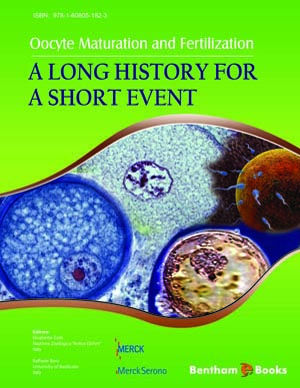Abstract
Pathogens live inside other organisms called hosts, exploiting them and causing disease. Viruses and other mobile genetic elements such as transposons are pathogens that parasite on all life forms. They are obligate pathogens since they replicate only inside their hosts. Many bacterial pathogens are facultative since they can live outside their host. Viruses recognize host cells by specific molecules that serve as viral receptors. Only cells expressing them can be infected. Multicellular organisms host pathogenic bacteria and eukaryotic pathogens such as fungi, protozoa, and helminths in addition to viruses. Infection depends on pathogen’s ability to survive inside the host. Some pathogens quickly kill their host with large numbers of new pathogens released, whereas others establish long-lasting infection. Lytic viruses replicate and then lyse their host to get released. Other viruses do not lyse their host; instead, they establish chronic infection by replicating slowly and exiting the host cells by extrusion. Temperate viruses integrate into host DNA and stay silent for many cell divisions until the cell experiences stress. Then, the lytic program is activated, and the virus replicates and kills the cell. Similar to viruses, some intracellular bacterial pathogens are obligate and can only replicate inside their host. Pathogens differ in their host range; some can infect only a single species, while others are generalists. Hosts constantly evolve mechanisms preventing infection and destroying pathogens. In turn, pathogens evolve to overcome host defenses.
Keywords: Bacteria, Fungi, Helminths, Infection, Iytic virus, Mobile genetic elements, Pathogen, Protozoan pathogens, Symbiosis, Transposon, Temperate virus, Virulence, Virus.












